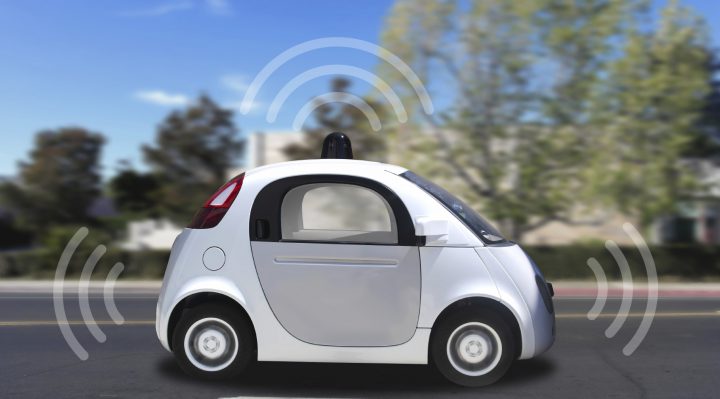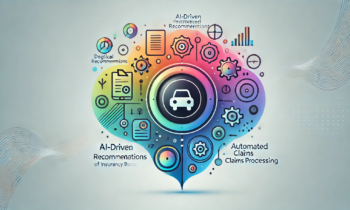Driverless cars are no longer a thing of imagination: they’re quickly becoming reality. Google’s autonomous cars have logged over 1.5 million miles on the road, and estimates suggest that 10% of vehicles sold in 2035 will be fully autonomous.

Companies are making major headway into making driverless cars the norm, but there are still a few hurdles in the way before the industry blows up.
Three companies that are leading the way in driverless technology that can be added to your stock portfolio include:
1. Alphabet (GOOGL)
Alphabet is the parent company of Google, and the company has been a leader in driverless vehicles. The company does much more than allow the world to search billions of websites in seconds.
Google has been testing driverless cars for years, and has logged 1.5 million miles in 5 states.
The company has lobbied on behalf of the driverless car to Congress, and the company signed a deal with Fiat Chrysler to bring 100 Pacifica minivans to the market that will feature Google’s driverless technology. The deal is a major milestone for the company, which will allow its technology to hit the masses.
Alphabet is in a position to remain a strong company whether or not its driverless technology is adopted by the auto industry. The company’s Q1 earnings posted $20.35 billion in revenue, up 17% year-on-year.
2. NVIDIA (NVDA)
NVIDIA is a company known for making graphics processing units (graphics cards) for PCs. The company focuses on the gaming market, but it has expanded to chip units for mobile computing and has now ventured into the automotive market, too.
The company is in its second generation of driverless technology with the Drive PX 2.
The system has been highly touted in the industry and is ahead of Google in the sense that 80 automakers are using or testing the system along with Tier 1 automotive suppliers. The system isn’t exactly like Google’s system. Instead, the system learns from past experiences and can link up to the cloud, too.
But Drive PX 2 needs other driverless technology to operate and is not a complete system.
What is good about the Drive PX 2 is that in Q1, the company posted that its driverless technology accounted for 6% of the company’s revenue. While that’s a small amount when compared to GPU sales, but the company is making money from the technology.
Automotive technology revenue rose 47% year-over-year to $113 million.
The company also announced its goal of 100 SUVs using the Drive PX 2 system by 2017.
3. Tesla (TSLA)
Tesla’s Elon Musk has ambitious goals for the country’s driverless technology. The CEO states that the company plans to offer driverless vehicles that can be called from across the country and drive to the owner by 2018.
Musk admits that the timeframe may be too ambitious to be a reality, but the company does have one of the industry’s most advanced systems to date.
The company’s autopilot feature can be used to drive on the highway already, and the company’s Summon feature allows the vehicle to park itself, enter or exit a garage and do it all without a driver behind the wheel.
Tesla is a promising company that is led by one of the leading CEOs in the world. The downside of Tesla’s autonomous technology is that it is pushed through too quickly to consumers. JD Power released a report today that Tesla and Jaguar have the highest auto software defects in the country.
Tesla also recently announced that the company partnered with Mando, a South Korean company, to offer a “fail-safe” system for its autonomous system to its driverless car.



